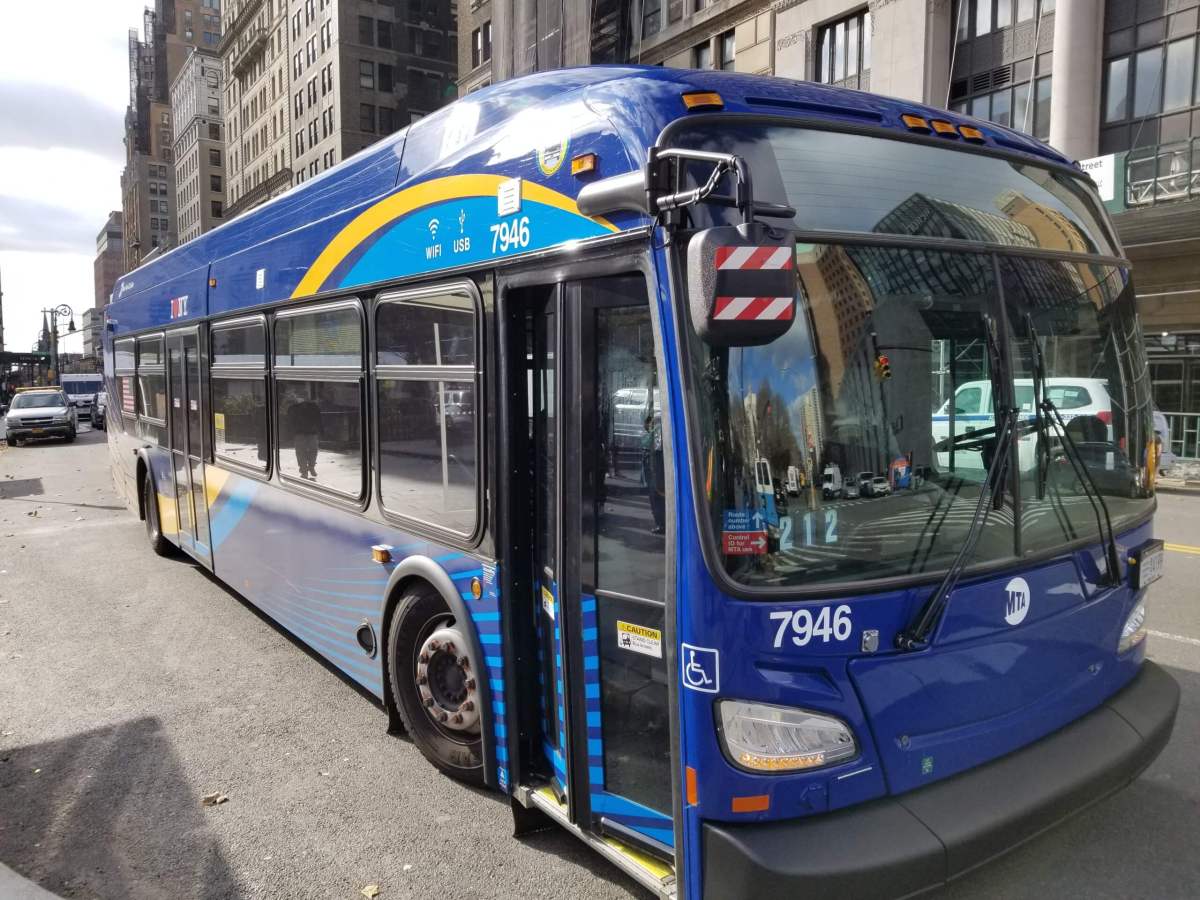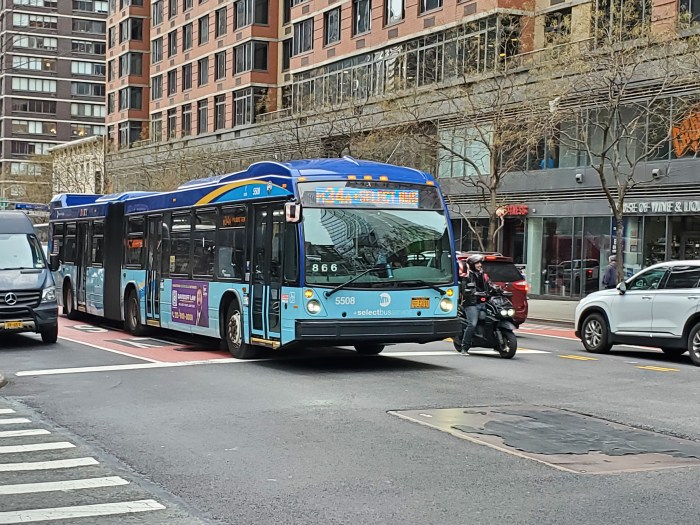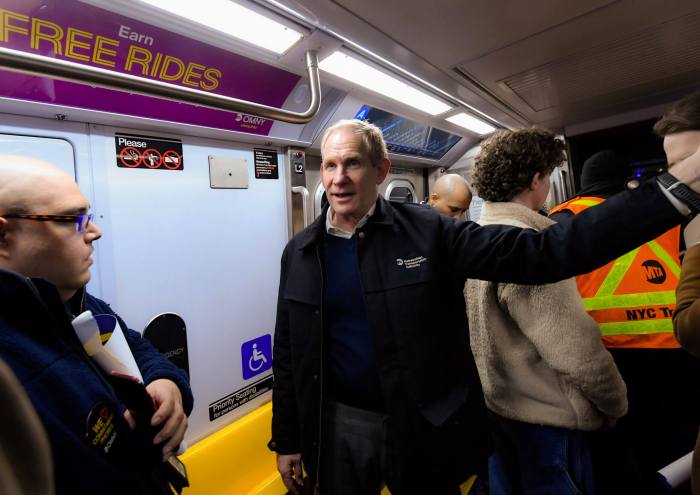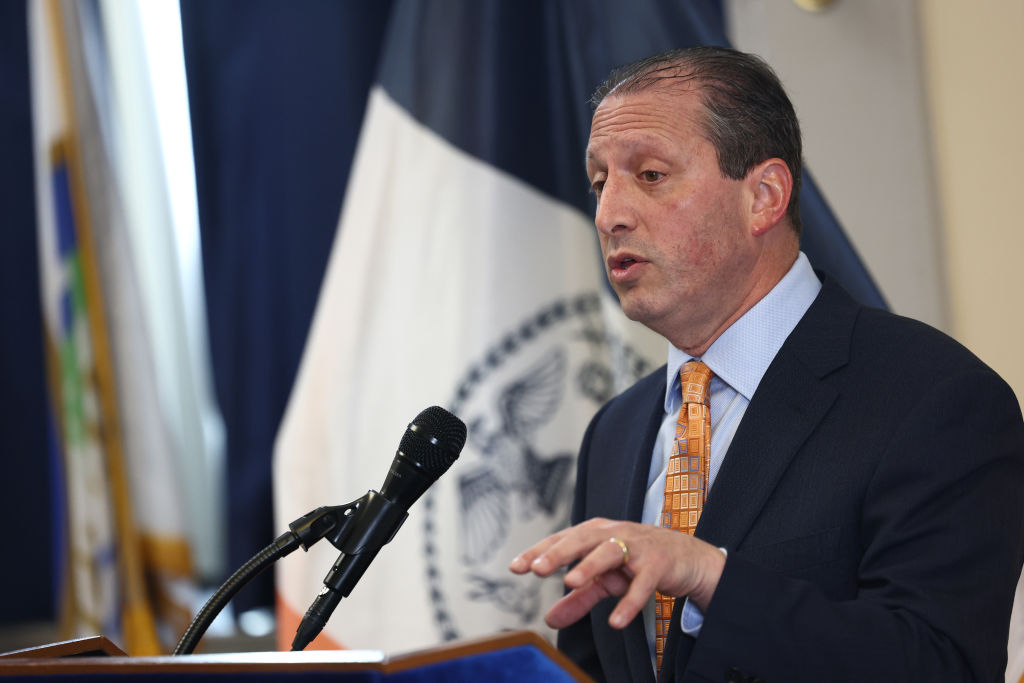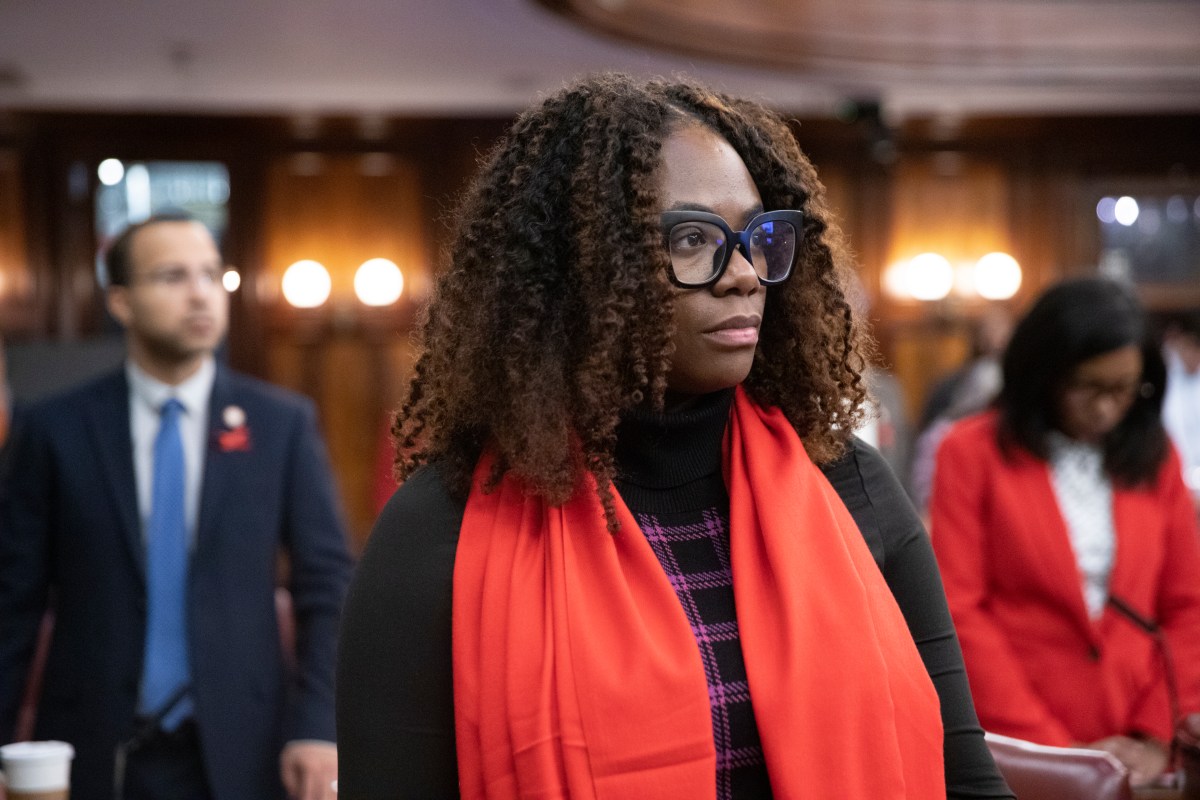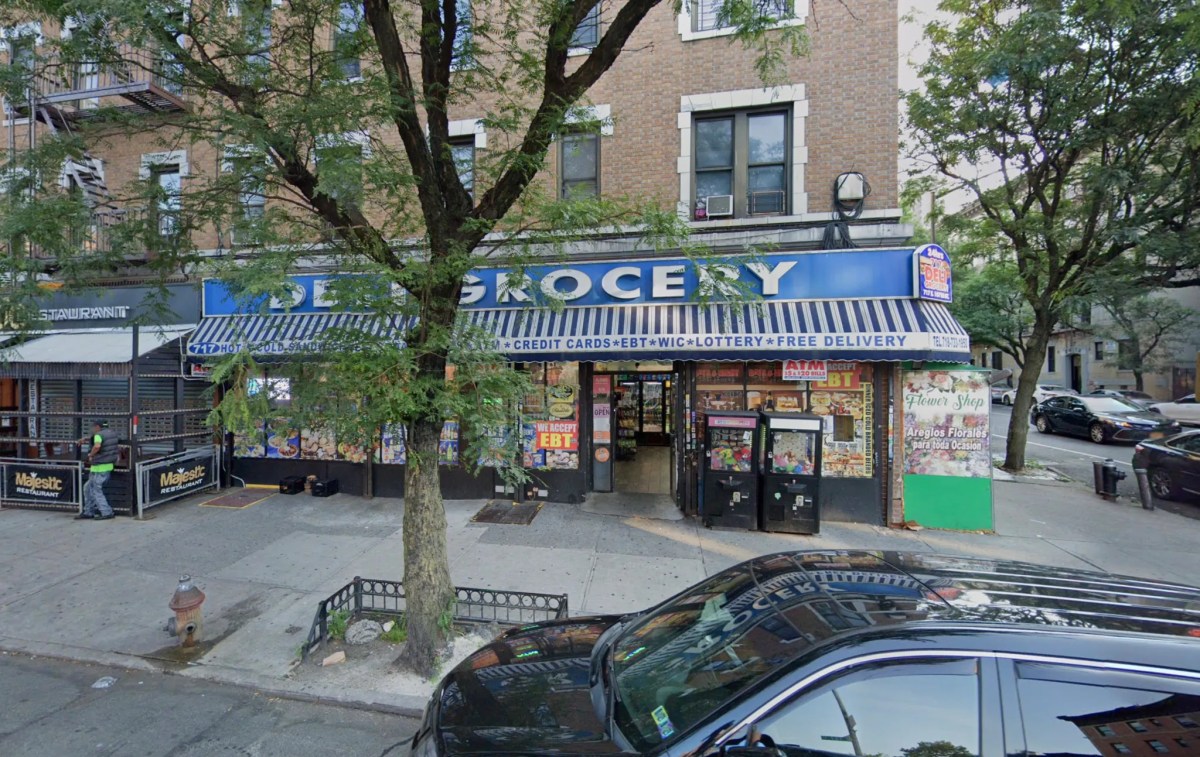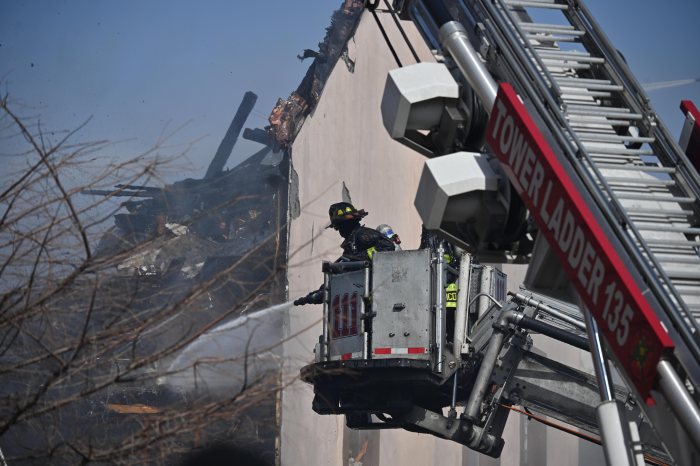Five MTA bus lines are set to nix the $2.90 fare on Sunday for a pilot of free bus service that could last up to a year.
The five lines, one in each borough, will be free to ride starting Sunday, Sept. 24, for a pilot program lasting at least six months. After the six-month mark, the MTA will analyze data on ridership, service, speeds, and costs before deciding whether to extend the pilot for an additional six months. After that, they will revert to paid service.
The five lines selected are the Bx18 in the Bronx, the B60 in Brooklyn, the M116 in Manhattan, the Q4 in Queens, and the S46/96 in Staten Island. Buses on those routes will be marked with digital and physical signage noting they are free and will have their OMNY readers covered.
MTA officials selected the five lines based on them having relatively little overlap with other transit routes, allowing for a more independent assessment of the impact of fare-free service. Transfers to the subway or other bus routes from the free lines will still require a paid fare.
Access-a-Ride trips will also be free during the pilot for rides that begin and end within three-quarters of a mile of the corridors where routes are fare-free.
The MTA was required to undertake the pilot as part of its financial rescue plan in the recent state budget. Progressive lawmakers had sought to make all bus service free but celebrated the pilot, which several other cities around the country are also trying.
“Getting more New Yorkers on to public transit must be at the forefront of our plan for a greener NY,” said Queens Assemblymember Zohran Mamdani. “Making a bus route free in each of the five boroughs of our city begins our journey of doing just that.”
The MTA will not increase the number of buses on the free routes in anticipation of an influx of riders as the selected lines already are not operating at full capacity, chair Janno Lieber said at the MTA’s monthly board meeting on Wednesday. NYC Transit President Rich Davey, however, said that ridership will be monitored closely to “see if we have to add service.”
The mammoth number of ridership data points the MTA collects each day are mainly based on paid entrances into the system, but the free buses will be outfitted with automated counters that keep track of people entering and exiting the bus.
Even if the program turns out to be a rousing success, the MTA could not unilaterally decide to make it permanent or expand it to other lines, even if agency officials wanted to. An extended, expanded program would have to be approved, and funded, by Albany.
“There’s no room for losing a couple billion dollars of bus revenue in [the budget] plan right now,” said Lieber. “There are five free buses, and we gave our commitment and we’re executing on it, that we would implement those as the legislature asked, and we’re doing our best to get information from the free bus routes to see what we can all learn about it. But there’s no money in the MTA budget for suddenly giving up bus revenue.”
Read more: New York State Seeks Public Input on Transport Plans



